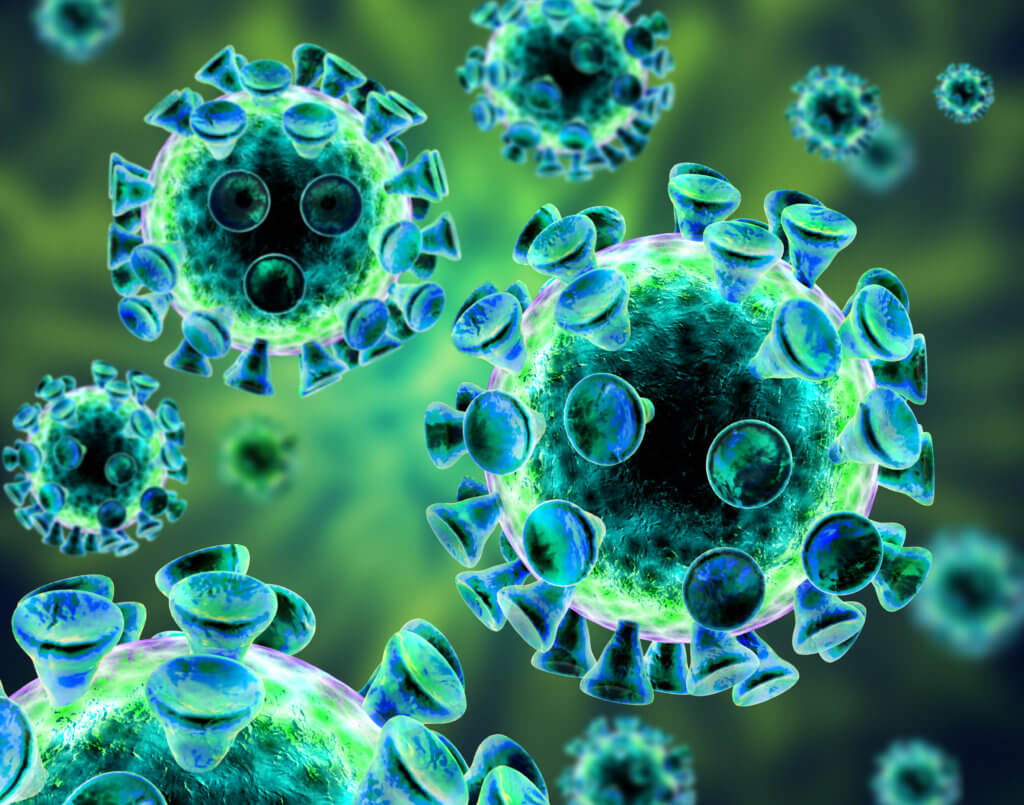Cord Blood Transplant Vs Bone Marrow In Study
A study published in Bone Marrow Transplant has shown that cord blood performs better than bone marrow three years post-transplant.
Cord Blood Transplant Vs Bone Marrow: The Study
The study at University of Colorado Cancer Center compared stem cell transplant outcomes in leukaemia patients between 2009 and 2014. Researchers looked at the incidence of chronic graft versus host disease (cGVHD), hospitalisation and late infections. They compared patients who received cord blood stem cells and stem cells from matched unrelated donors (MUD) [1].
Graft versus host disease is a complication which can occur in patients who undergo stem cell transplantation. In GVHD, the newly transplanted cells can attack the patient’s body. It is a serious complication which can be debilitating and even fatal.
What makes this particular study stand out is the duration of it. As Jonathan Gutman, MD, investigator at the CU Cancer Center points out – most studies stop collecting data after 100 days. As such, the results are important and could change the way doctors choose the source of stem cells for their patients [1].
Cord Blood Transplant Vs Bone Marrow: The Results
Results showed that three years post-transplant, cord blood gave patients a much better outcome. Severe cGVHD occurred in 44% of patients who received MUD peripheral blood (bone marrow) stem cells. However, only 8% patients who received cord blood suffered severe cGVHD. Patients who received cord blood were less likely to suffer late infections. Additionally, those who received cord blood were less likely no need immunosuppression drugs. The results also showed that cord blood did not decrease the overall survival rate, increase relapse, or increase transplant fatalities [2].
The study results have already changed the way the center chooses stem cells for patients. “As a result, we have chosen to use cord blood as our first choice in cases where a matched, related donor is unavailable” concludes Gutman [1].
[1] https://www.sciencedaily.com/releases/2016/07/160726221201.htm
[2] http://www.nature.com/bmt/journal/vaop/ncurrent/full/bmt2016186a.html





